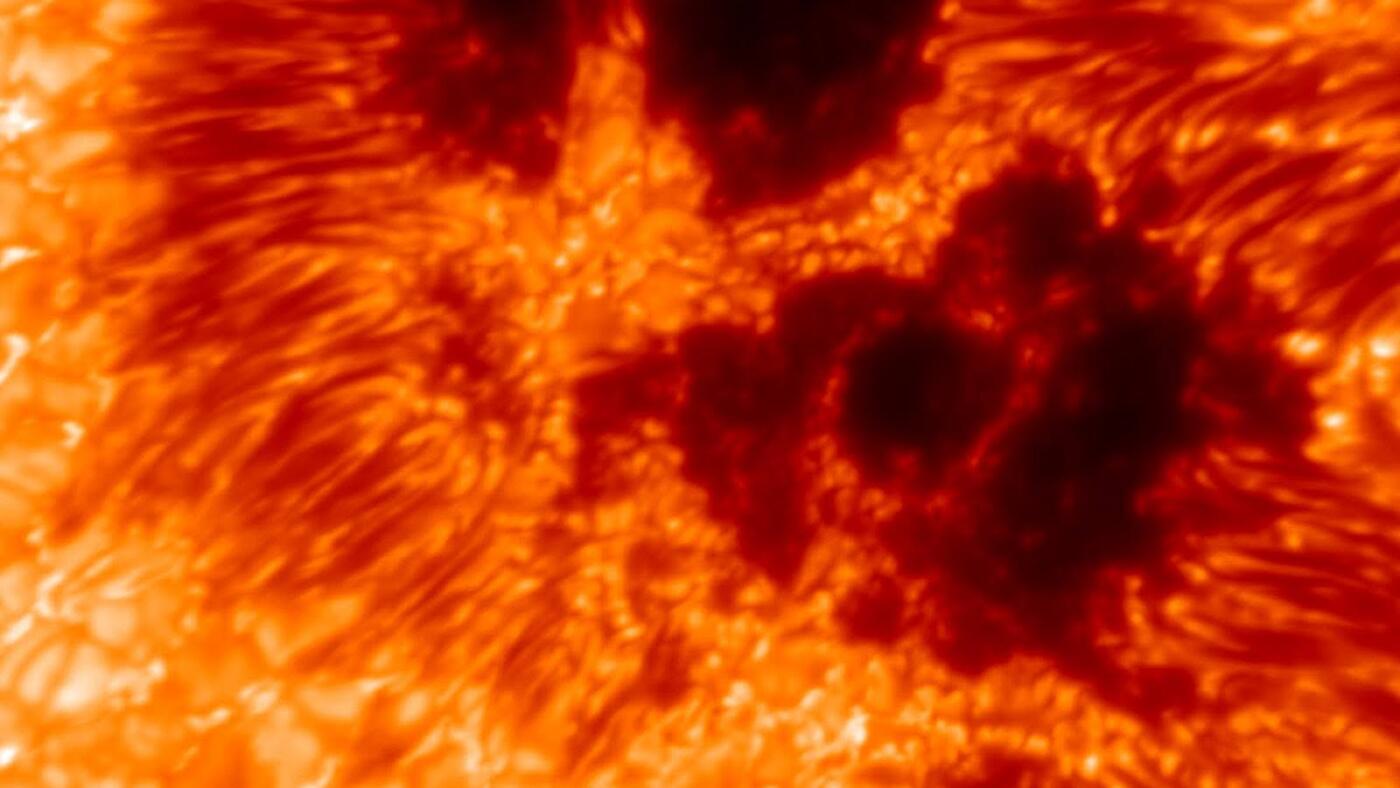The Evolution of Solar Storm Prediction
The sun, our life-giving star, is a dynamic and sometimes tempestuous celestial body. Solar storms, powerful eruptions of energy and particles, can have significant impacts on Earth, disrupting communication systems, power grids, and even satellite operations. The ability to predict these solar storms accurately and in advance is crucial for mitigating their effects. Recent advancements in solar observation technology, particularly the development of new tools and instruments, are revolutionizing our understanding and prediction of solar storms.
The Daniel K. Inouye Solar Telescope: A Game Changer
One of the most significant advancements in solar observation is the Daniel K. Inouye Solar Telescope (DKIST), the world’s largest and most powerful solar telescope. Located atop an active volcano in Hawaii, DKIST has captured unprecedented detailed images of the sun’s surface, including sunspots and other solar phenomena. The telescope’s Visible Tunable Filter (VTF) allows scientists to study the sun’s magnetic fields and solar activity in ways never before possible.
DKIST’s capabilities extend far beyond capturing stunning images. The telescope’s data is instrumental in understanding the underlying physics of the sun, which drives space weather. By directly mapping the strength of the magnetic field in the solar corona, DKIST provides critical insights into the processes that trigger solar eruptions. This information is vital for improving the accuracy of solar storm predictions.
AI and Machine Learning: The New Frontier
In addition to advanced telescopes, artificial intelligence (AI) and machine learning are playing an increasingly important role in solar storm prediction. AI models trained on decades of solar activity data can predict solar storms with remarkable accuracy. For instance, a new AI model developed by researchers at the Inter-University Center for Astronomy and Astrophysics in India has shown the ability to predict solar storms more than 24 hours in advance.
The DAGGER model, as it is known, uses machine learning algorithms to analyze solar data and identify patterns that precede solar eruptions. This model has demonstrated the potential to provide early warnings of solar storms, giving scientists and engineers time to prepare and implement protective measures. The integration of AI with traditional observational methods represents a significant leap forward in our ability to forecast space weather.
Coronagraphs: Unveiling the Sun’s Outer Atmosphere
Coronagraphs are another essential tool in the arsenal of solar storm prediction. These instruments block out the light from the sun’s visible surface, allowing scientists to observe the corona, the sun’s outer atmosphere. By studying the corona, researchers can detect coronal mass ejections (CMEs) and other solar phenomena that can lead to geomagnetic storms on Earth.
The new coronagraph technology, such as the one used by the Daniel K. Inouye Solar Telescope, provides unprecedented views of solar storms. These detailed observations help scientists better understand the dynamics of solar eruptions and improve the accuracy of their predictions. The combination of coronagraphs and other advanced imaging tools is crucial for enhancing our ability to monitor and forecast space weather.
Innovative Models and Techniques: Pushing the Boundaries
Beyond AI and coronagraphs, researchers are developing new models and techniques to predict solar storms. For example, a new model improves our understanding of how solar wind particles escape and accelerate, offering better predictions of solar storms and their impact on space weather. This model, developed by NASA, focuses on the interaction between the sun’s solar wind and powerful eruptions, providing insights into the mechanisms that drive space weather.
Another innovative approach involves analyzing brightness variations in coronal loops, which can predict solar flares with 60-80% accuracy. This method, developed by researchers at the University of Graz in Austria, offers a window of 2-6 hours before a flare occurs, allowing for timely preparations and protective measures. The combination of these models and techniques is enhancing our predictive capabilities and helping us stay ahead of potential solar threats.
The Role of Early Warning Systems
Early warning systems are crucial for mitigating the impact of solar storms. With accurate and timely predictions, governments, industries, and individuals can take proactive measures to protect critical infrastructure and ensure public safety. For instance, power grid operators can implement protective measures to prevent outages, and satellite operators can adjust their systems to avoid disruptions.
The integration of advanced observational tools, AI, and innovative models is paving the way for more reliable and accurate early warning systems. By leveraging these technologies, we can better prepare for the challenges posed by solar storms and minimize their impact on our daily lives and critical infrastructure.
Conclusion: A Brighter Future in Solar Storm Prediction
The future of solar storm prediction looks promising, thanks to the development of powerful new tools and technologies. The Daniel K. Inouye Solar Telescope, AI models, coronagraphs, and innovative prediction techniques are revolutionizing our understanding of the sun and its impact on Earth. As we continue to advance these technologies, we can look forward to a future where solar storms are no longer a source of uncertainty and danger but a phenomenon we can predict and prepare for with confidence. This progress is not just about science; it’s about safeguarding our technological infrastructure and ensuring the safety and well-being of people around the world.

